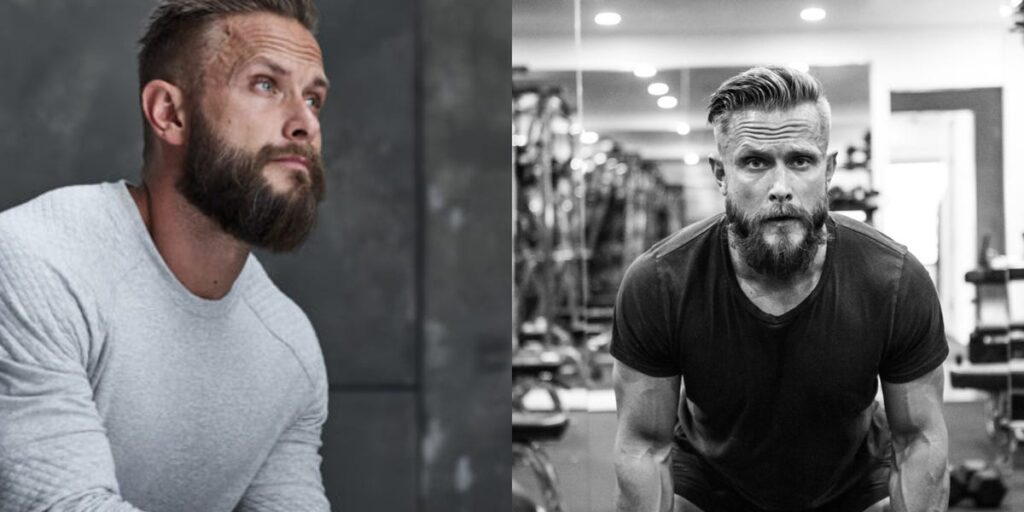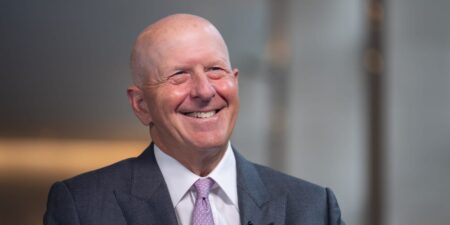- Magnus Lygdbäck is a personal trainer and nutritionist who’s worked with Gal Gadot and Ben Affleck.
- He has a unique, simple approach to healthy nutrition, which means no restriction or food guilt.
- Every 17 out of 20 meals should be “on point” — the other three can be whatever you want.
Magnus Lygdbäck is the personal trainer and nutritionist responsible for the physiques of some of Hollywood’s biggest stars.
The LA-based Swede has worked with Alicia Vikander, Gal Gadot, Ben Affleck, Alexander Skarsgård, Katy Perry, and Harry Styles.
In addition to helping A-listers hit their goals, Lygdbäck practices what he preaches, and he takes a balanced approach to nutrition.
It’s called the 17/20 system, and requires neither calorie-counting nor cutting out food groups.
Every 4 days, eat whatever you want for 3 meals
Lygdbäck said 17 of every 20 meals should be “on point” — the other three can be whatever you want to eat.
By “on point,” Lygdbäck means that, ideally, those meals would be made up of “a good protein source, good fats, and slow carbs, and vegetables.” Slow carbs are complex carbs, such as oats, rice, whole-wheat bread, and potatoes.
And for the other three meals “enjoy life.”
“It means you can have pasta, you can go out with your friends, and you can enjoy a dessert or a glass of wine,” he said.
Lygdbäck works in four-day cycles of five meals a day (three meals and two snacks), which means that every four days, your 20 meals start over again.
“We’re in a world where it’s all about ‘optimize, optimize,'” Lygdbäck said. “But I don’t exclude foods. I make sure to eat foods that I like. If it’s something that I like that’s unhealthy, I make sure not to eat it all the time. So three out of 20 meals, I eat what I want, I live life.”
Portion your meals in fistfuls, not calories
When preparing actors for roles, Lygdbäck encourages them to track calories and macros (protein, carbs, fat), but doesn’t think it’s necessary for most people.
For those who want to track, he recommends aiming for between 30% and 40% of total food intake to be protein, and the rest a blend of carbs and fat.
Protein is Lygdbäck’s top priority, personally.
“I make sure that I have enough protein on my plate, then after that, I look at carbs and fat to get a good mix, not too much or too little,” he said. “And obviously I stack up on veggies and make sure that I’m getting as much fiber as possible.”
Lygdbäck advises using your hands to keep portion sizes in check.
“For lunch and dinner, I do a fistful of protein, a fistful of fat or carbs or a combination, and two fistfuls vegetables,” he said.
It’s not a one-size-fits-all approach, but a starting point, and you can adjust based on your goals (fat loss or muscle gain), body type, and activity levels.
The approach is designed with ‘happiness and balance’ in mind
While some body transformation coaches encourage extreme methods, Lygdbäck’s approach is more sustainable.
“There are so many diets and so much misinformation out there, so people don’t really know what to do,” he said. “I see too many people taking shortcuts to get something they want and in the process doing the wrong things and they’re miserable.
“So I just think that we need to work much more on balance and happiness, and that’s why I developed my system.”
“I love food, I love a good glass of wine, I think that we should enjoy food as an important part of life,” Lygdbäck said. “I don’t believe in restricting, taking out foods, and telling people they’re not allowed to eat something.”
Don’t feel guilty if you deviate from your nutrition goals, just get back on track.
“I hate when we have a guilty conscience after eating something,” he said. “It’s so easy to walk around and feel bad for eating food that’s good. I want to get rid of that feeling entirely.”
If you end up eating four meals in 20 “off track,” it’s not a big deal.
“I wouldn’t beat myself up about the past, and I’d focus on the fact that I had 16 meals that were on point — that’s pretty amazing,” he said. “It happens. The system is not there to punish you. It’s there to provide you with structure without forcing you to eat certain things or take out foods.”
Read the full article here
















